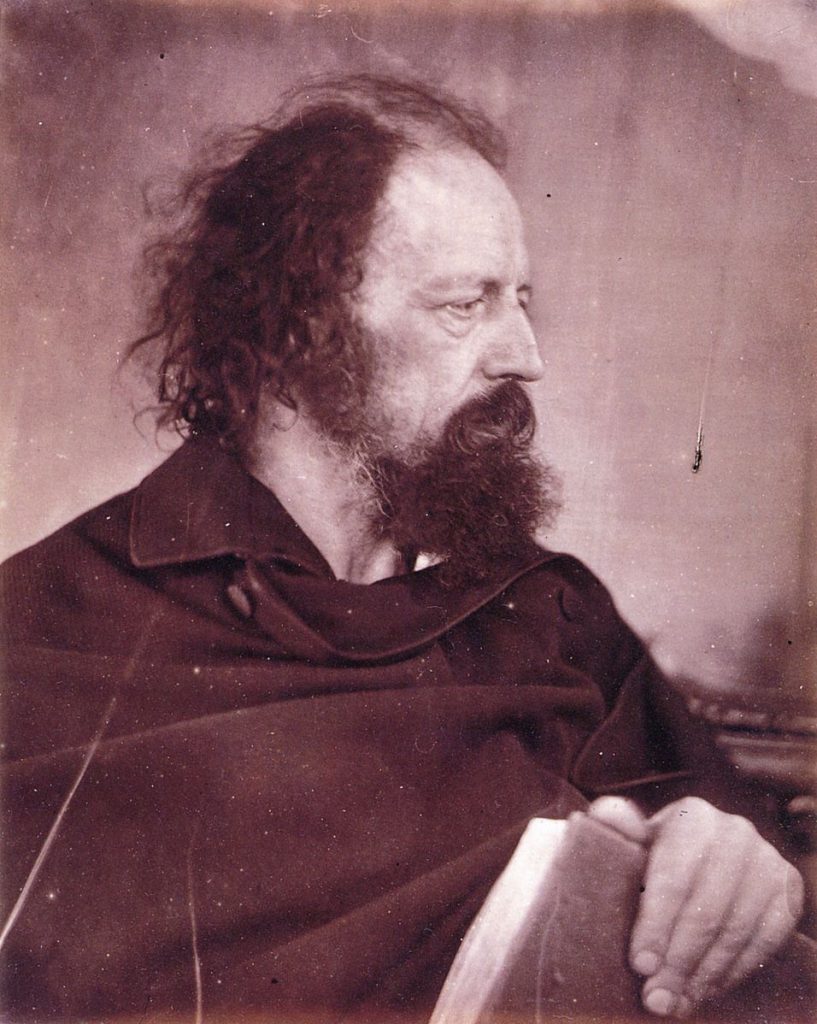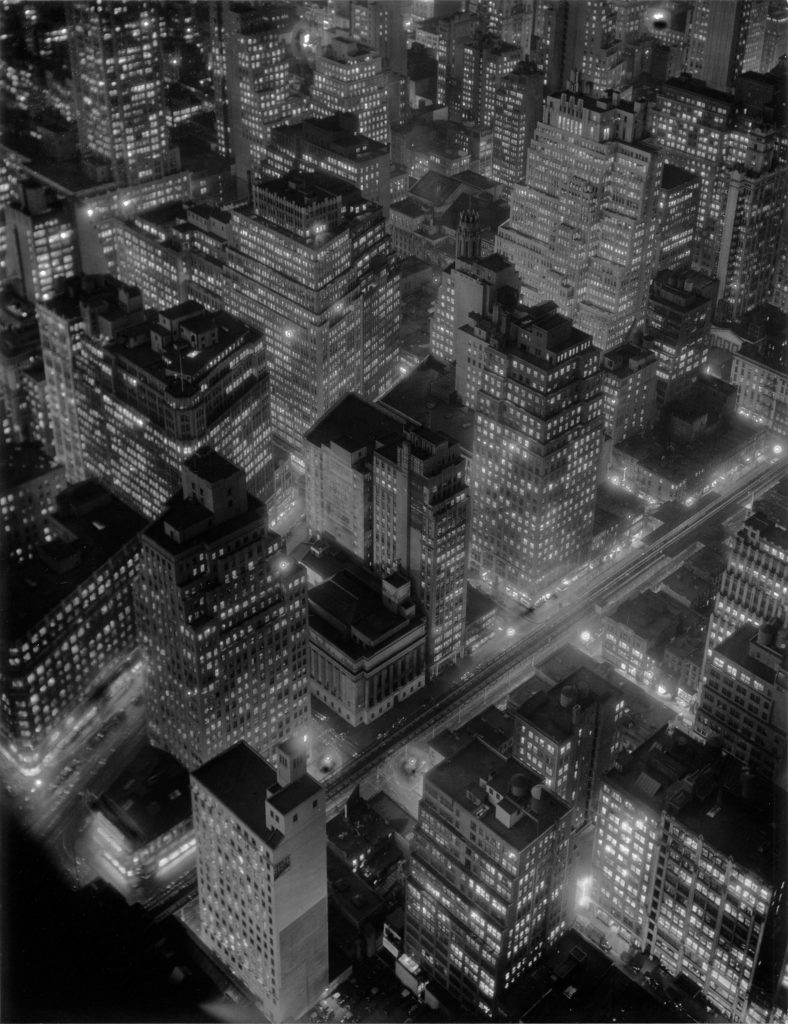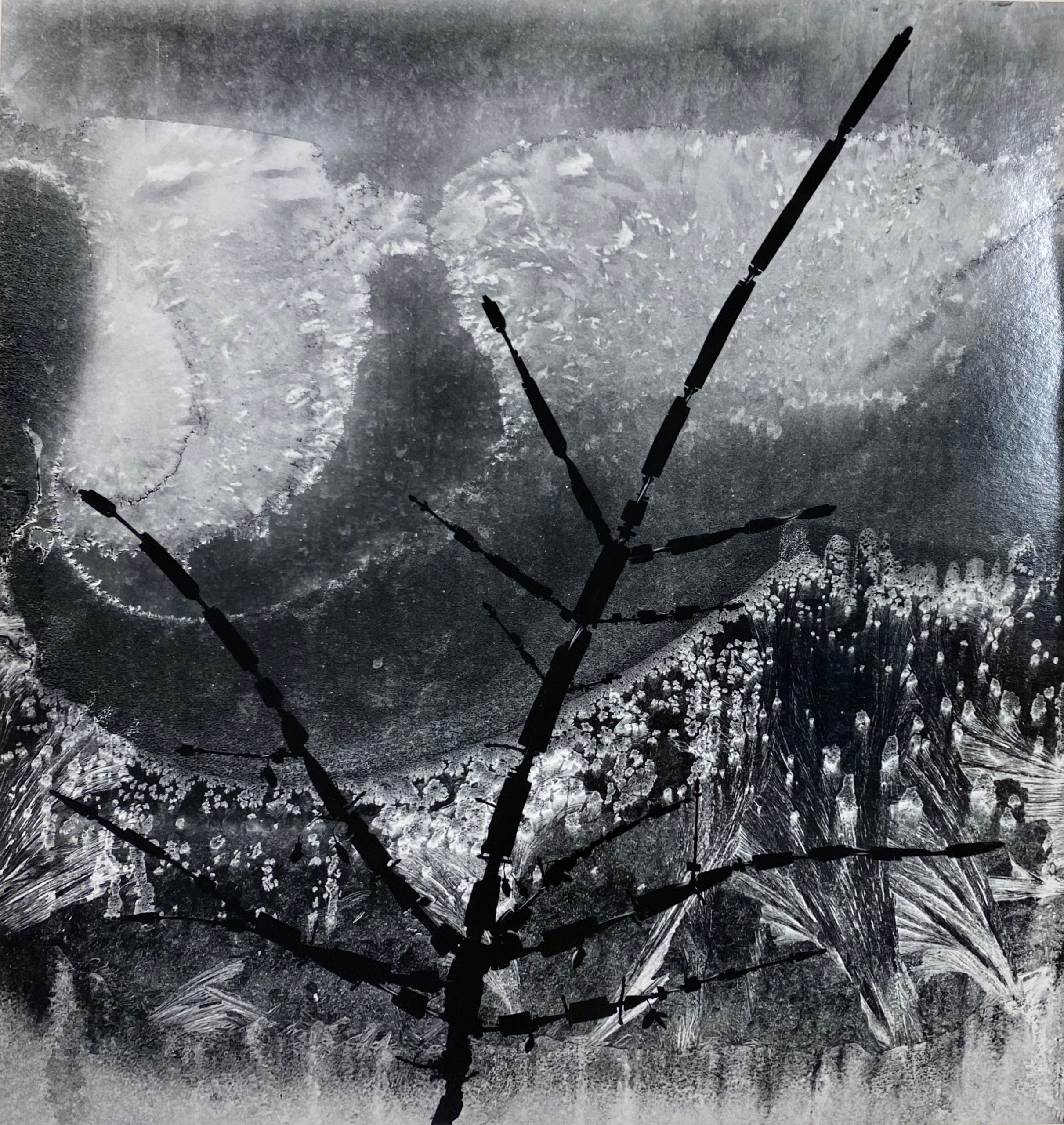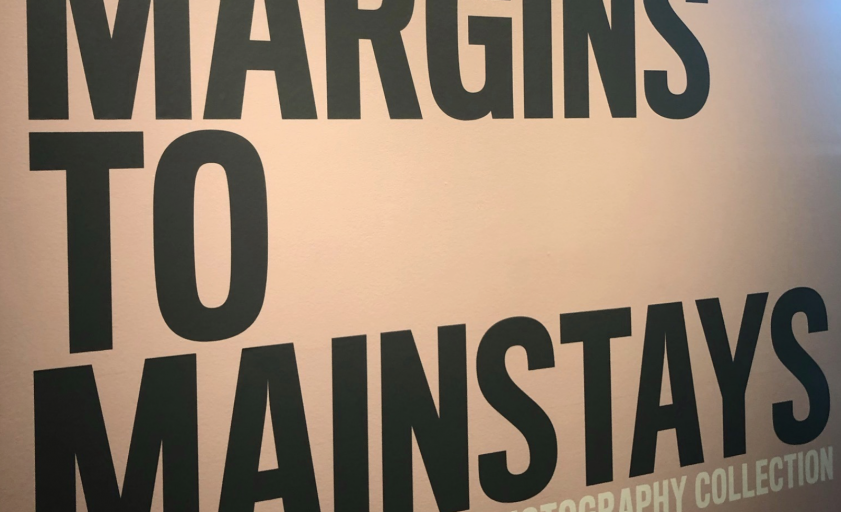By Sabrina Hughes
From Margins to Mainstays: Highlights from the Photography Collection is a small but impactful survey exhibition highlighting the work of photographers who may have experienced marginalization in their life because of part of their identity. The photos included are largely from the Museum of Fine Arts, St. Petersburg’s impressive photography collection, with a few important loans from area collectors.
The title From Margins to Mainstays refers to artists (and in many cases, portrait subjects) whose identity existed on the margins of social norms. Making visible the work of photographers who were queer, BIPOC, women, and often multiple intersections of marginalized identities is the exhibition’s theme. I’ve been immersed in the history of photography for more than a decade and I still learned a lot from this exhibition.

A number of the artists included are queer, and that part of their identity was often hidden—either by themselves, such as Richard Avedon and Minor White who kept their queerness private during their lives, or just typically excluded from the general discourse around certain photographers and their work.
While the exhibition’s focus is on revealing the axis of discrimination faced by photographers or other artists (with the subtext that this did not keep them from finding professional success) in many cases there is a concomitant axis of privilege that helped them become Mainstays.
Julia Margaret Cameron is one example. While it’s true that women photographers were a relative minority in Victorian England, Julia Margaret Cameron was far from an average woman. She had an extremely rarified friend and portrait model group that included Robert Browning, Charles Darwin, and Alfred Lord Tennyson, whose portrait as The Dirty Monk, is included in From Margins to Mainstays.

Note: The print on display in the exhibition is on loan to the MFA, St. Peterburg from a private collection. This albumen print, similar to the one on display, was sourced online and is provided courtesy of the National Museum of Photography, Film & Television, Bradford, United Kingdom.
Cameron wasn’t a woman of average means or connections, so it’s hard to think of her for a stand-in for an average woman in the mid-19th century. Cameron had the means and resources to pursue copyrighting, marketing, exhibiting, and publishing her photographs. During her lifetime, she sold eighty prints to the Victoria and Albert Museum and entered a relationship with an established London print seller to publish and sell her photographs. This speaks to Cameron’s social connections and that assisted her career and legacy. Were there barriers to women photographers in the 1860s that couldn’t be overcome by wealth or connections?
Studying art history, one learns quickly that social connections are disproportionately what determined who eventually got included in the history books when they were written. Yet, it has sparked in me curiosity about some of these photographers’ personal lives.
Another example is Berenice Abbott. I studied her tangentially and momentarily because of her friendship with Eugene Atget, who I researched for a prolonged period. Berenice Abbott was studio assistant to Surrealist Man Ray in Paris in the 1920s, which is how she befriended Atget (Man Ray collected Atget’s photographs).
From the exhibition, I learned Abbott was an out lesbian! Personally, I cannot wait to learn more about this part of her life. It’s sparked for me a renewed interest about her time in 1920’s Paris and I’m glad to know that she likely did not spend all of her free social time with the group of Surrealists that she worked with!

Abbott made a name for herself as a photographer in the mid-to-late 1930s for her wide-ranging project Changing New York, funded by the Works Progress Administration Federal Art Project. Her photograph in the exhibition, New York at Night (1932), is a dreamlike view from atop a skyscraper, looking down on other buildings and the twinkling lights of the city.
Abbott’s contribution to photography history was likely solidified before Changing New York because she facilitated the acquisition of thousands of Atget’s prints and negatives which eventually became a donation to the Museum of Modern Art and a landmark exhibition and production of scholarship decades later in the 1980s.
From Margins to Mainstays relies on the text to help viewers to make the connections between the exhibition theme and the images. In other words, with a few exceptions, the images themselves don’t communicate marginalization.

These very minor critiques of a diverse and thoughtful exhibition come from my closeness to the subject matter. I had to purposely turn the volume down on my internal photography historian’s commentary, only because it’s hard to think of some of the artists included as being on the margins when they have become such giants in the field. However, that, I suppose, is the strength of the exhibition. Simply expanding our knowledge about photographers we think we know because they are in the survey textbooks always generates new understanding in the present.
From Margins to Mainstays: Highlights from the Photography Collection was organized by MFA St. Petersburg Curator of Photography
Allison Moore, Ph.D., and will be on view at the Museum of Fine Arts, St. Petersburg through September 26, 2021. For additional information and related programming visit the Museum’s website.
Bay Art Files contributor Sabrina Hughes holds an M.A. in Art History from the University of South Florida with a focus on the History of Photography. Hughes has worked at the National Gallery of Art and the Museum of Fine Arts, St. Petersburg and is an adjunct instructor at USF and is the founder and principal of photoxo, a personal archiving service specializing in helping people preserve their family photos. She has an ongoing curatorial project, Picurious, which invests abandoned slides with new life. Follow her on Instagram @sabrinahughes for selfies, hiking, and dogs, and @thepicurious for vintage photos.

